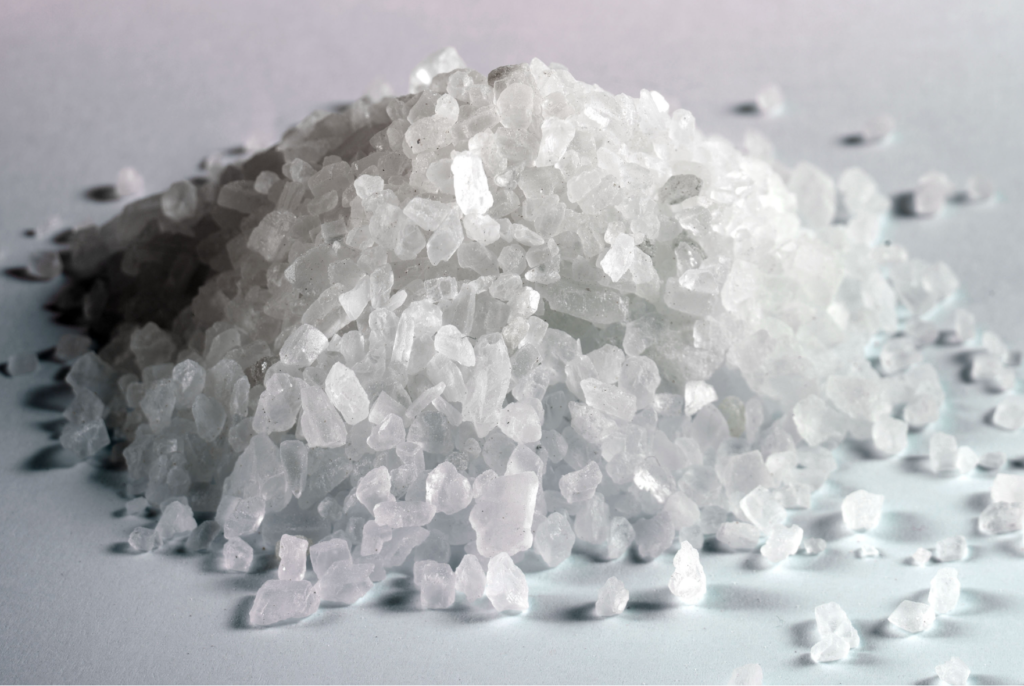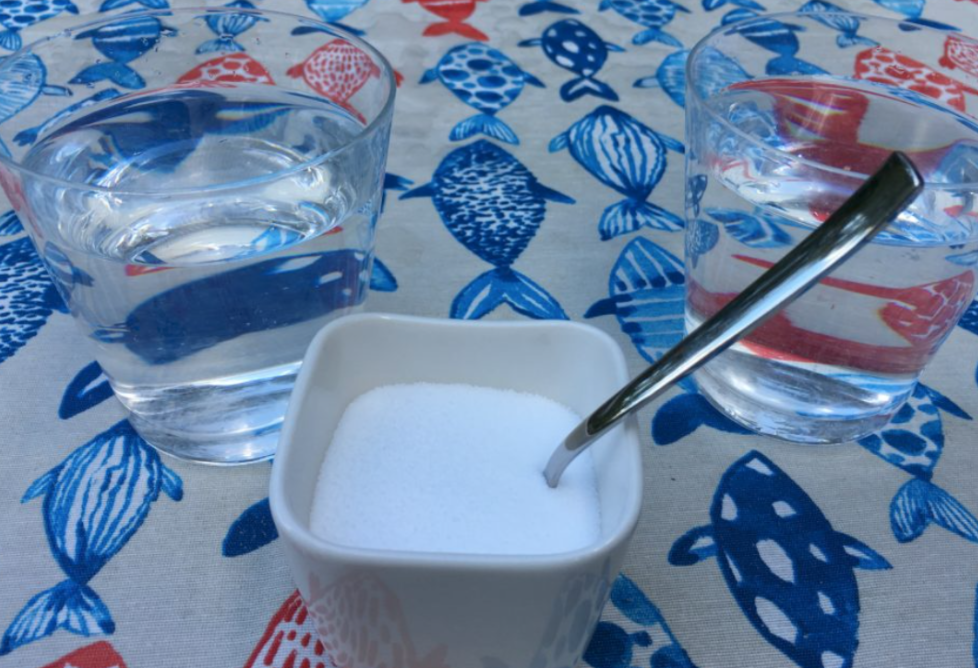The story of Salt

Even ancient Egyptians and Romans used salt as a spice and as a preservative for their food. Thanks to the preservation of food, large quantities of food could be stored which helped in increasing the population. It was also possible to feed soldiers and lead long wars.
Salt was traded a lot and it was even used in place of money. Often the salary was paid in the form of salt (hence the word Salary). The salt trade made many cities like Rome very wealthy. Even in those times, salt was extracted from the sea (see Extraction of Salt from Sea).
In the Middle Ages, people started obtaining salt using a new type of processing, by boiling of brine. In order to extract the salt in this way, people dug cavities in the salt rock and filled these cavities with water. This water was heated in a kind of pan to a point when only solid salt remained. These places where brine is boiled are still called salt works or salt plants.
The salt remained a valuable commodity for a long time. The nobles benefited from the salt trade through tariffs and taxes. Cities trading in salt became very rich but were also involved in major conflicts. Salt was even used in wars as a kind of weapon. There were people who punished their enemies in the war by using salt to ruin their crops (by “Salting the Earth”).
From the 19th century onwards, salt suddenly became a cheap raw material and everyday product. More and more undiscovered salt deposits were found and commissioned. Numerous salt works and mines were built in the 19th and 20th centuries.
Today, salt production is very modern. Computers control blast holes in the mines. One blast gives 2,000 tons of salt (80 full trucks).







Responses